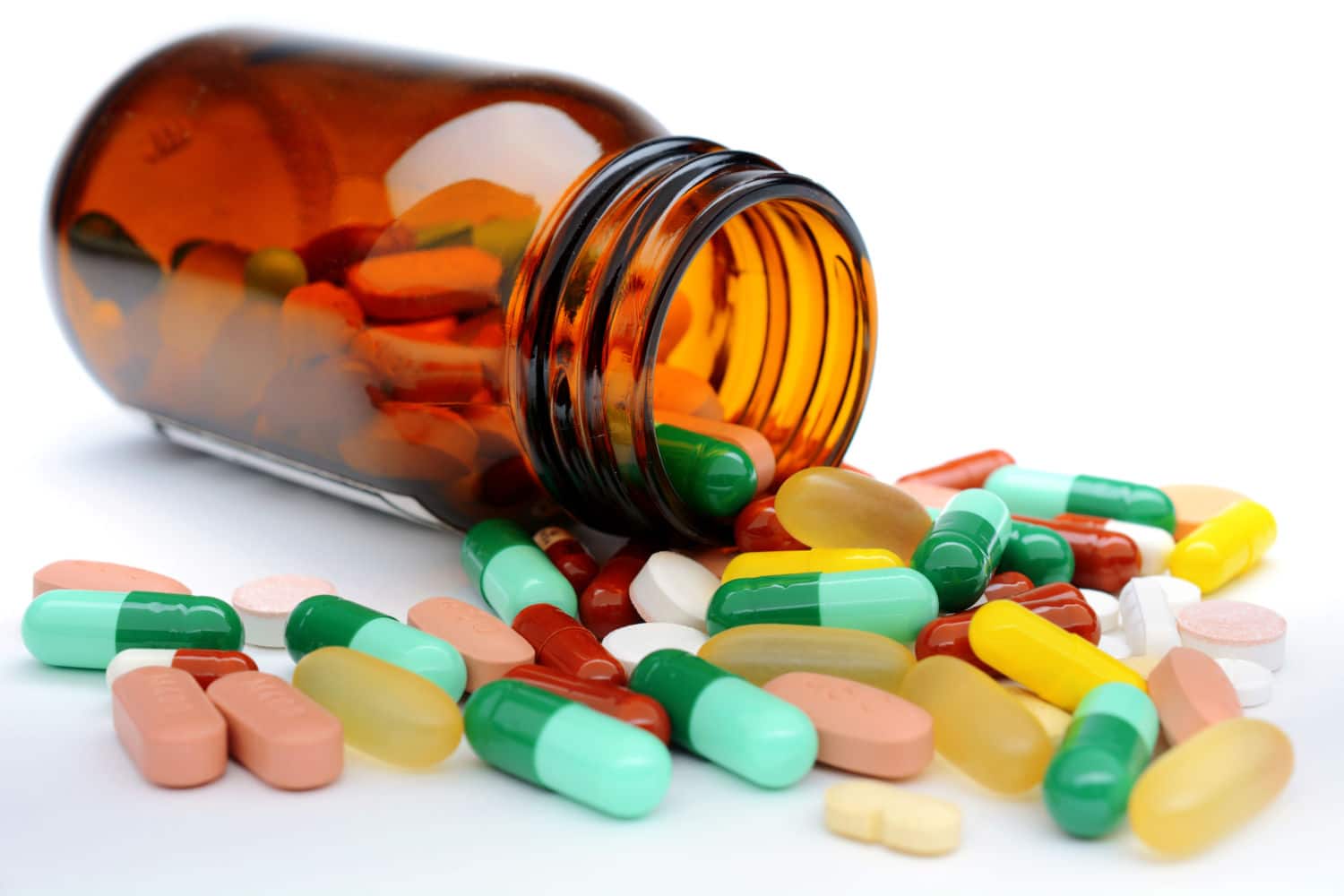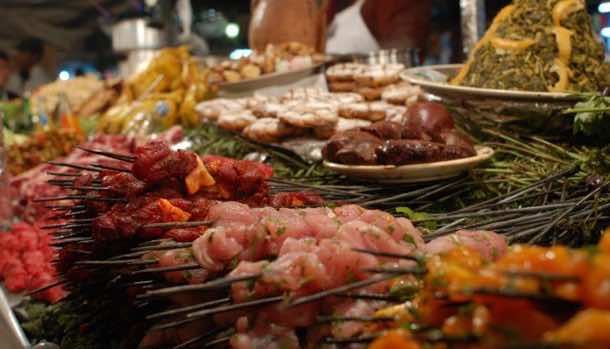ឆ្លេីយតបនិងសំនួរជាច្រេីនរបស់និសិត្សពេទ្យ បន្ទាប់ពីមុតដៃនិងម្ជុល តេីគួរធ្វេីយ៉ាងណា (depend on medical students questions and want to know about proper way to manage them self after needle injuries)***
គ្រប់និសិត្ស រឺ គ្រូពេទ្យទាំងអស់គួរយល់ដឹង អំពីការមុតម្ជុលដេាយចៃដន្យពេលកំពុងបំពេញការងារនៅមន្ទីពេទ្យ (Warning to all medical students and doctors who accidentally injured needle injection and Post Exposure Prophylaxis-PEP)
-កុំស្លន់ស្លេា ហេីយកុំច្របាច់កន្លែងមុត
-លាងជាមួយនិងសាប៊ូ និង ទឹកដែលហូរភ្លាមៗ
-យល់ដឹងពីម្ជុលដែលមុត ឧ: ម្ជុលដែលប្រហេាងមានអាត្រាឆ្លងខ្ពស់ជាងម្ជុលដែលអត់ប្រហេាងខាងក្នុង
-យល់ដឹងពីរយះពេល បេីមុតភ្លាមៗអត្រាឆ្លងខ្ពស់ ជាងម្ជុលទុកចេាលយូ (ពីព្រេាះ មេរេាគអេដស៌អាចងាប់ក្នុងរយះពេលខ្លី ពេលចេញមកក្រៅ)
-ពេលមុតភ្លាមៗត្រូវដឹង ពីសមិត្មុកម្ម របស់អ្នកមុត(ពេទ្យ) និង អ្នកជំងឺ (រលាកថ្លេីម បេ សេ និងអេដស៌ ជាដេីម) ឧទាហរណ៏ អ្នកដែលត្រូវមុត(ពេទ្យ)តែមានអង់ទីគ័ររលាកថ្លេីមបេហេីយដូចនេះគ្មានការព្រួយបារម្មឡេីយពីការឆ្លងមេរេាគរលាកថ្លេីមបេឡេីយ)
-ពិគ្រេាះព្រឹក្សា ជាមួយគ្រូពេទ្យ ផ្នែកជំងឺកាមរេាគ រឺ ជំងឺឆ្លង ដេីម្បីលេបថ្នាំទប់សា្កត់រាលដាលភ្មាមៗក្រេាម72ម៉េាងដែលមានប្រសិទ្ធភាពខ្ពស់ បេីពន្យាយូ ការឆ្លងមេរេាគក៏កាន់តែខ្ពស់ (សូមពិនិត្យមេីលគេាលការណ៌និង ថ្នាំនៅខាងក្រេាមក្នុងរូបភាព)
-ឆែកសុខភាពខ្លួនឯងអេាយបានញឹកញាប់ អាចរៀងរាល់៣-៦ខែម្តង លេីជំងឺ អេដស៌ និងរលាកថ្លេីម បេ សេ (អស្រ័យលេីអាត្រាប្រឈមខ្ពស់រឺទាប)
-ចាក់វ៉ាក់សាំងការពារ ជាពិសេស រលាកថ្លេីមបេ
***ហាមយកម្ជុលដែកចាក់រួចហេីយ ទៅស៊កនឹងគំរបដែលដៃម្ខាងទៀតកាន់
***បន្ទាប់ពីចាក់ថ្នាំហេីយ ត្រូវយកម្ជុលទុកក្នុងធុងសុវត្ថិភាព
***ត្រូវធ្វេីការអេាយម៉្មត់ចត់និងប្រុងប្រយ័ត្នជានិច្ច
---------------
-Don't panic and don't squeezing the injured site
-Washing with soap and raining water immediately
-Understanding about the types of injection example: Needle which has the hold is high chance to transmit the disease
-Understanding about the duration, prolong time of needle injured is less chance to transmit
-Understanding between the background blood test of the donor/victim and patients example: patients have HIV, HBV, HCV, and the Victims has antibody of HBV so no need to worry about infection of Hepatitis B virus.
-Consultant with Sexual Transmitted Disease (STD) or Infectious disease Doctors within 72hours for Post Exposure Prophylaxis (PEP) and high chance infection is delay PEP (Guideline is in the pictures below)
-Health Check Up every3-6 months for HIV, HBV, HCV test (depend on high risk or low risk)
-Vaccination especially for Hepatitis B virus Vaccine
***Avoidance putting the needle with others hand carry the cover
***Put the syringe and needle into the safety box
***Be careful with all procedures and works all the time
-លាងជាមួយនិងសាប៊ូ និង ទឹកដែលហូរភ្លាមៗ
-យល់ដឹងពីម្ជុលដែលមុត ឧ: ម្ជុលដែលប្រហេាងមានអាត្រាឆ្លងខ្ពស់ជាងម្ជុលដែលអត់ប្រហេាងខាងក្នុង
-យល់ដឹងពីរយះពេល បេីមុតភ្លាមៗអត្រាឆ្លងខ្ពស់ ជាងម្ជុលទុកចេាលយូ (ពីព្រេាះ មេរេាគអេដស៌អាចងាប់ក្នុងរយះពេលខ្លី ពេលចេញមកក្រៅ)
-ពេលមុតភ្លាមៗត្រូវដឹង ពីសមិត្មុកម្ម របស់អ្នកមុត(ពេទ្យ) និង អ្នកជំងឺ (រលាកថ្លេីម បេ សេ និងអេដស៌ ជាដេីម) ឧទាហរណ៏ អ្នកដែលត្រូវមុត(ពេទ្យ)តែមានអង់ទីគ័ររលាកថ្លេីមបេហេីយដូចនេះគ្មានការព្រួយបារម្មឡេីយពីការឆ្លងមេរេាគរលាកថ្លេីមបេឡេីយ)
-ពិគ្រេាះព្រឹក្សា ជាមួយគ្រូពេទ្យ ផ្នែកជំងឺកាមរេាគ រឺ ជំងឺឆ្លង ដេីម្បីលេបថ្នាំទប់សា្កត់រាលដាលភ្មាមៗក្រេាម72ម៉េាងដែលមានប្រសិទ្ធភាពខ្ពស់ បេីពន្យាយូ ការឆ្លងមេរេាគក៏កាន់តែខ្ពស់ (សូមពិនិត្យមេីលគេាលការណ៌និង ថ្នាំនៅខាងក្រេាមក្នុងរូបភាព)
-ឆែកសុខភាពខ្លួនឯងអេាយបានញឹកញាប់ អាចរៀងរាល់៣-៦ខែម្តង លេីជំងឺ អេដស៌ និងរលាកថ្លេីម បេ សេ (អស្រ័យលេីអាត្រាប្រឈមខ្ពស់រឺទាប)
-ចាក់វ៉ាក់សាំងការពារ ជាពិសេស រលាកថ្លេីមបេ
***ហាមយកម្ជុលដែកចាក់រួចហេីយ ទៅស៊កនឹងគំរបដែលដៃម្ខាងទៀតកាន់
***បន្ទាប់ពីចាក់ថ្នាំហេីយ ត្រូវយកម្ជុលទុកក្នុងធុងសុវត្ថិភាព
***ត្រូវធ្វេីការអេាយម៉្មត់ចត់និងប្រុងប្រយ័ត្នជានិច្ច
---------------
-Don't panic and don't squeezing the injured site
-Washing with soap and raining water immediately
-Understanding about the types of injection example: Needle which has the hold is high chance to transmit the disease
-Understanding about the duration, prolong time of needle injured is less chance to transmit
-Understanding between the background blood test of the donor/victim and patients example: patients have HIV, HBV, HCV, and the Victims has antibody of HBV so no need to worry about infection of Hepatitis B virus.
-Consultant with Sexual Transmitted Disease (STD) or Infectious disease Doctors within 72hours for Post Exposure Prophylaxis (PEP) and high chance infection is delay PEP (Guideline is in the pictures below)
-Health Check Up every3-6 months for HIV, HBV, HCV test (depend on high risk or low risk)
-Vaccination especially for Hepatitis B virus Vaccine
***Avoidance putting the needle with others hand carry the cover
***Put the syringe and needle into the safety box
***Be careful with all procedures and works all the time
សូមអភ័យទេាសផង លេីភាសារបច្ចេកទេស រឺ មានប្រការខុសឆ្គងណាមួយ (Sorry for all mistakes)
Reference: WHO PEP 2014 and March 2014 Supplement to WHO guideline
http://www.who.int/hiv/topics/prophylaxis/en/
http://www.who.int/hiv/topics/prophylaxis/en/
Thanks for like and share to your friends :)
Good luck to all my students, friends and medical students/doctors for our Cambodian People (We need to help the patients but at least protect yourself-យេីងត្រូវជួយអ្នកជំងឺហេីយក៏ត្រូវការពារខ្លួនឯងផងដែរ)























